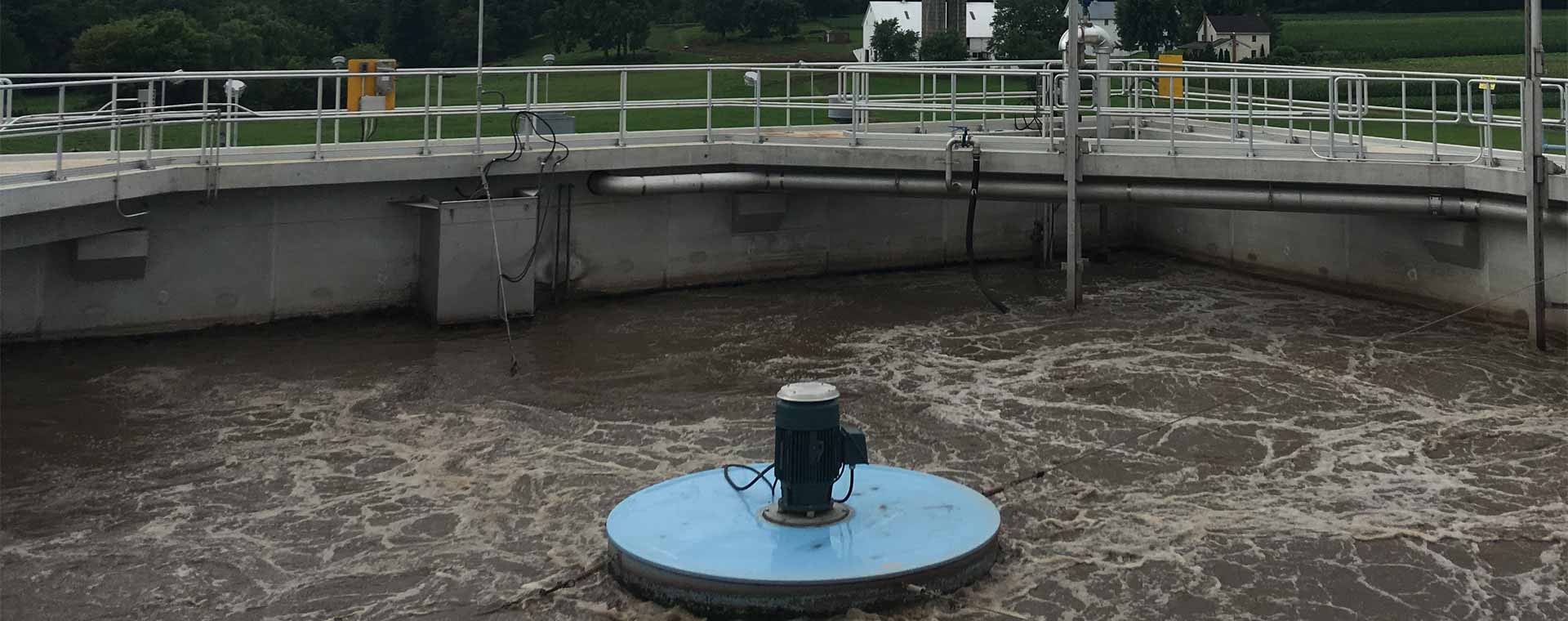
Stainless Steel Aeration Piping – Best Practices
Posted: September 2023
Enhancing Water and Wastewater Infrastructure
In the realm of water and wastewater treatment, aeration plays a pivotal role in promoting efficient processes and ensuring water quality. Aeration piping, a crucial component of these systems, facilitates the introduction of oxygen into water, allowing for crucial biological and chemical reactions to take place.
In this article, we delve into the significance of aeration piping and explore the best practices for leveraging stainless steel in these critical infrastructure projects.
First, What Is Aeration Piping?
Aeration piping refers to the network of pipes and conduits designed to deliver oxygen to water in treatment processes. Aeration is essential for various reasons in wastewater treatment plants, industrial facilities, or municipal water supply systems.
Understanding Aeration and its Importance
Aeration is the supply of air. Within water and wastewater treatment facilities, aeration is used to introduce a large volume of low-pressure air to processing tanks, which provides life to the bacteria used to coagulate and filter out the microscopic solids into a more easily removed sediment. This aeration occurs through a network of blowers, pipes, valves, diffusers, and a lot of coordination.
The Advantages of Stainless Steel in Wastewater Aeration Systems
Stainless steel stands out as an exceptional choice for wastewater aeration systems due to its unique properties. Its resistance to corrosion and rust ensures longevity even in harsh and corrosive environments often found in water treatment facilities. This resilience reduces maintenance costs and extends the operational life of the piping, contributing to overall cost savings.
As federal standards drive to improve water quality, stainless steel for process piping in aeration upgrades continues to provide strong value for current and future projects.
Its corrosion resistance, durability, and versatility make it an optimal choice for highly demanding environments. By adhering to best practices and collaborating with experienced partners like SWF Industrial, treatment plant owners and operators can ensure the longevity, efficiency, and effectiveness of their aeration systems, ultimately contributing to cleaner water and a more sustainable future.
Best Practices for Stainless Steel Aeration Piping
When considering stainless steel piping for your water or wastewater aeration systems, it is important to keep the following in mind.
Material Selection
Low carbon grade stainless steel types 304/304L and 316/316L have become go-to materials for aeration basins, final clarifiers, screenings buildings, among other areas and processes, due to the reduced maintenance and replacement costs, when compared to galvanized and painted carbon steel or ductile iron, while also providing an almost untouchable lifespan.
When selecting a material for your project, opt for the right material for the process. Factors such as chloride content and temperature could play a role in determining the appropriate material.
Proper Sizing
Accurate sizing and layout of piping systems is crucial to ensure adequate oxygen distribution. Consider factors such as flow rates, operating pressures, system efficiencies, while determining the appropriate pipe diameter and layouts.
Corrosion Resistance
Stainless steel is inherently corrosion-resistant and highly constructable, providing significantly higher ASME allowable design stresses, while the low carbon grade stainless is designed to resist intergranular corrosion after welding without requiring further heat treatment. However, additional protective coatings or linings can be considered to extend the useful lifespan for particularly aggressive environments. Regular inspections and maintenance should also be conducted to identify and address any signs of corrosion.
Fitting and Connection Integrity
Ensure that fittings and connections are securely installed to prevent leaks and maintain a consistent flow. High-quality welding and sealing techniques are vital to prevent potential air leakage.
Aeration System Design
Collaborate with experienced designers to develop an aeration system that optimizes oxygen dispersion. Factors such as bubble size, volume and contact time with water all influence the system’s overall efficiency.
SWF Industrial can take your existing drawings and apply Value Engineering to help you get the best bang for your buck without cutting corners or losing needed quality.
Regular Maintenance
Stainless steel is durable, but routine maintenance is essential to keep the system performing at its best. Implement a maintenance schedule that includes cleaning, inspections, and addressing any issues along the process lines promptly.
The Future of Aeration Piping: Sustainability and Innovation
As environmental concerns continue to shape the water industry, the future of water treatment processes lies in sustainability and innovation. Stainless steel’s recyclability aligns with eco-friendly practices, while ongoing advancements in aeration technology enhance efficiency and effectiveness.
By embracing these trends, water and water infrastructure can evolve to meet the demands of a changing world.
SWF Industrial’s Expertise in Stainless Steel Aeration Piping
At SWF Industrial, we leverage our expertise in stainless steel and mixed metal fabrication to deliver cutting-edge solutions for aeration piping in water and wastewater projects. Our design team’s intricate knowledge ensures that the piping layout is optimized for installation efficiency and overall longevity. With a focus on value engineering and a mature project management philosophy, we help clients achieve cost-effective solutions that don’t compromise on performance.
Additional Resources: